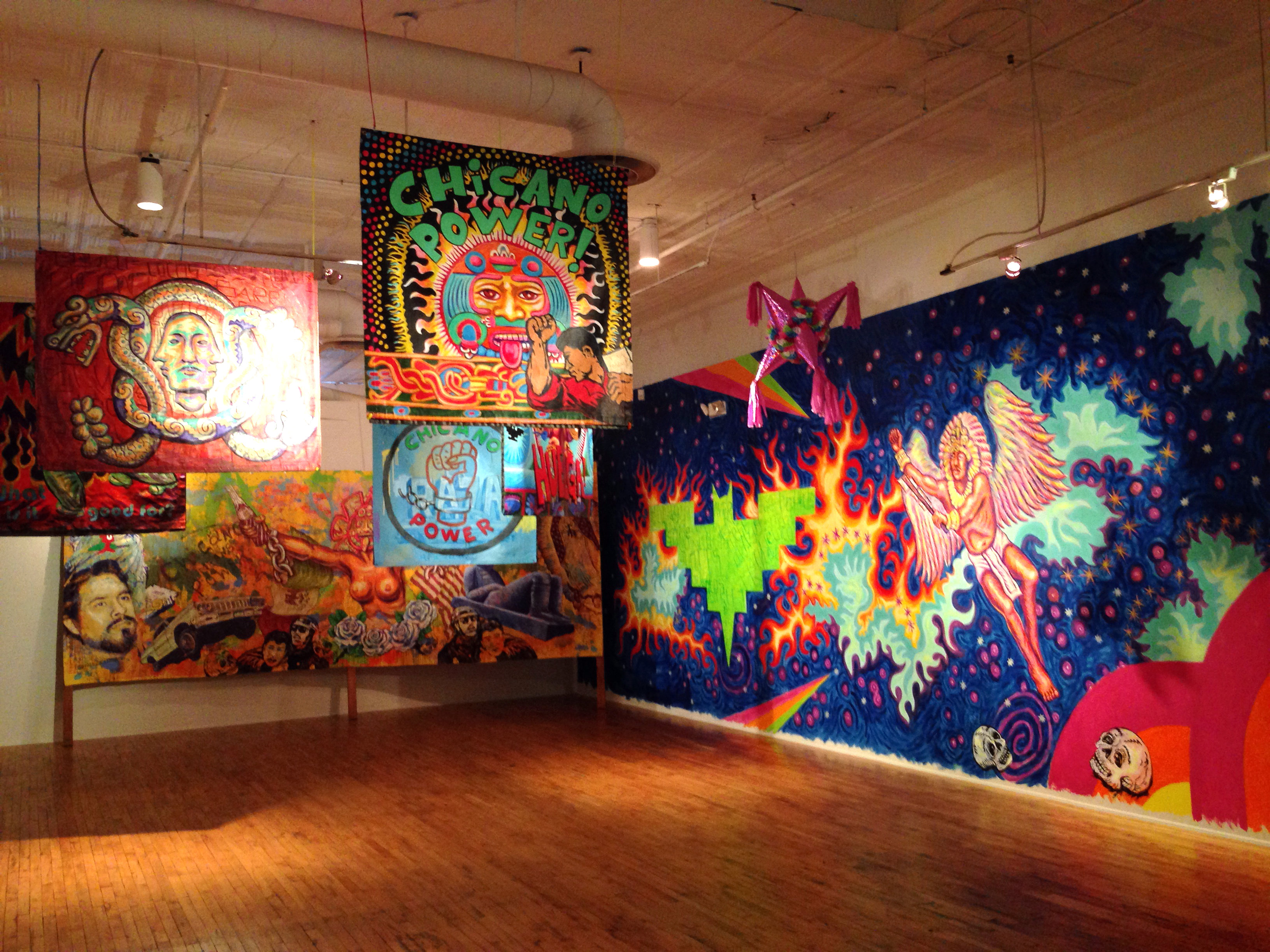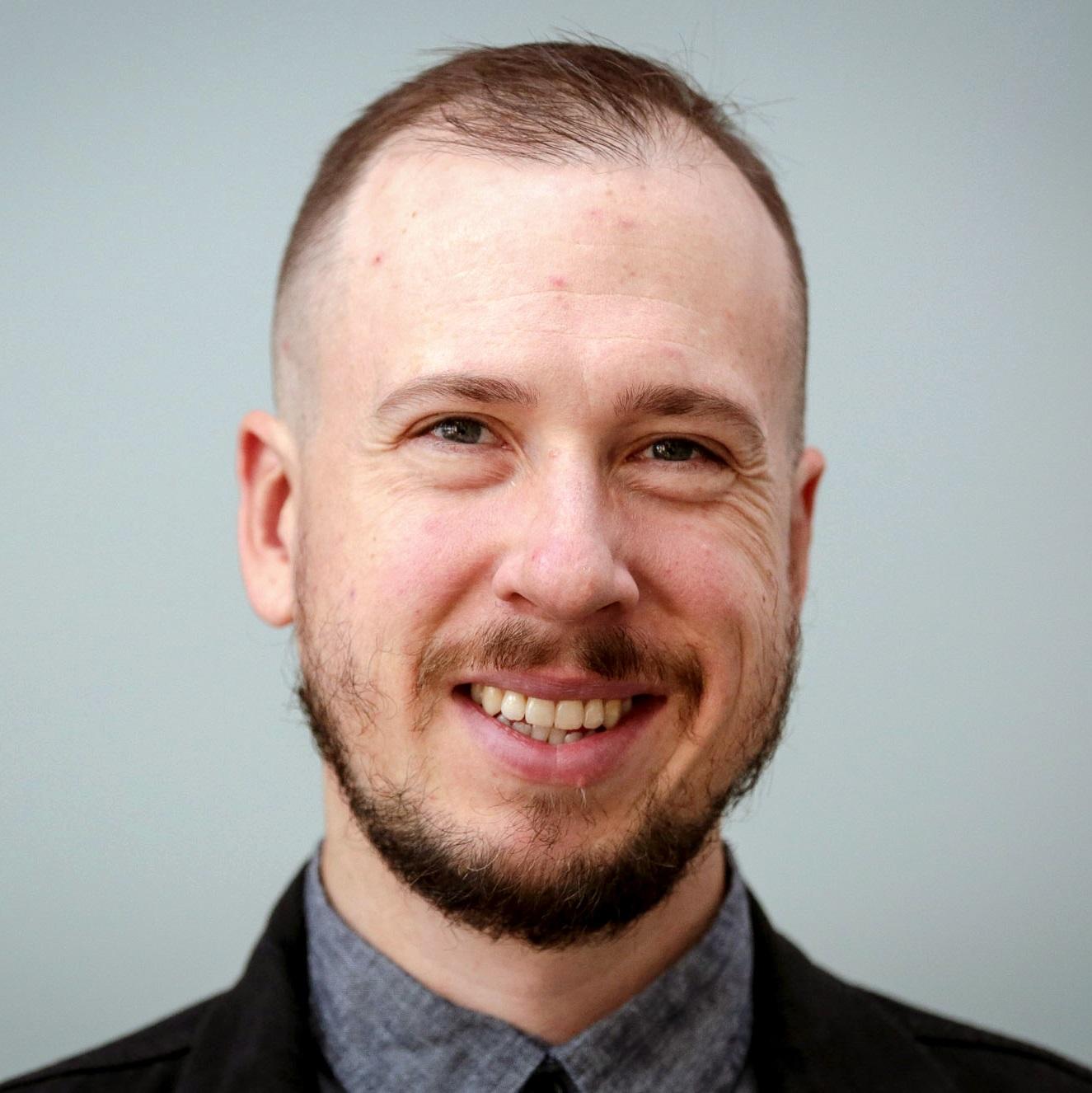
When you step inside Museo de las Americas in Denver’s Art District on Santa Fe, cheers and chants transport you to social justice marches from decades ago.
"El Movimiento," as it was known, was led by Denver's Chicano activists during the late 1960s and 70s. Museo’s current exhibition “Chicano” reflects on that impactful period and the theme of Chicano identity with archival footage, murals and more.
“The Movimiento was like an opening for us to begin to understand who we were, where we came from and what our connection is to the continent and the planet,” says mixed media artist Daniel Salazar, whose work is now on display at Museo. “The message was that we have a wonderful culture that had been ignored. And it came at a time when people were starting to explore and create their own identity.”
A Denver native, Salazar participated in the marches and demonstrations as a teenager.
“Very early on, we felt this connection of art with social movement,” Salazar said. “We tried to capture the exuberance of that particular age in this exhibition.”
Chicanos explore identity
The movement helped people from the Chicano community gain more access to institutions like universities and museums, so the Museo exhibit explores themes of active participation, self-realization and the power of youth.
“We are indigenous in part and we also have the European and Spanish connections, so instead of being 'the other,' it’s about being 'the combined,'” Salazar says. “That idea of hybridity is something that we’re all experiencing throughout the world.”
Popular iconography, like the Mestizo head that depicts three different facial profiles to highlight the idea of mixed ancestry, illustrates that complicated identity in the exhibit.
The Chicano aesthetic
Museo’s executive director Maruca Salazar, who is married to Daniel, began conceptualizing the show in 2012 after History Colorado agreed to host the traveling “1968 Exhibit.”
She served with more than 20 others on an advisory committee that helped influence History Colorado’s version of an exhibition about El Movimiento, but saw that there was more to explore.
“I wanted to make sure we were actively involved, but I also wanted Museo to have its own take on what we consider the Chicano aesthetic,” she says. “It’s one thing to have objects, flags and posters, it’s another thing to have Chicano artists interpret the Movimiento with strong opinions and aesthetics.”
The exhibition incorporates media like murals and printmaking because those were more accessible to the Chicano community at the time, she says.
The same rings true for Delilah Montoya’s photographs of tattoos.
“It’s about how resourceful we can be even in times when nothing is available except for own skin,” Salazar says.
Even before she moved to Denver in 1975, Salazar was struck by the experiences and perspectives of the Chicano students she taught at a university in her native Veracruz, Mexico. And it’s that interest that in part drew her to Colorado.
“I sensed a serious struggle in terms of expressing who they are, and that’s still true today,” Salazar says. “The guidelines and ideals of the Movimiento will remain with me for the rest of my life.”









